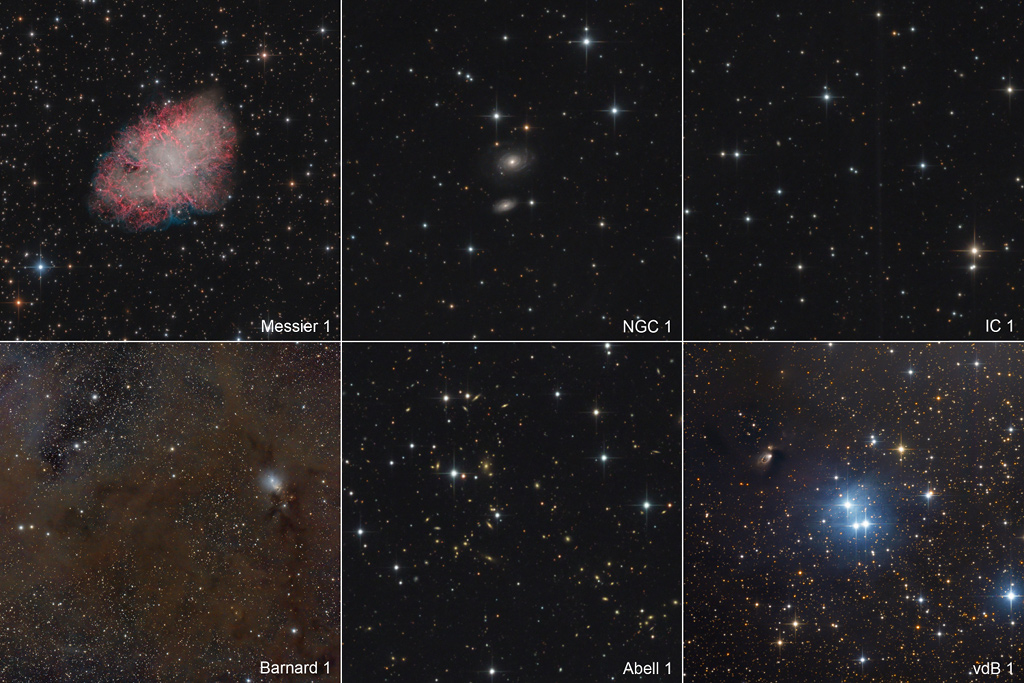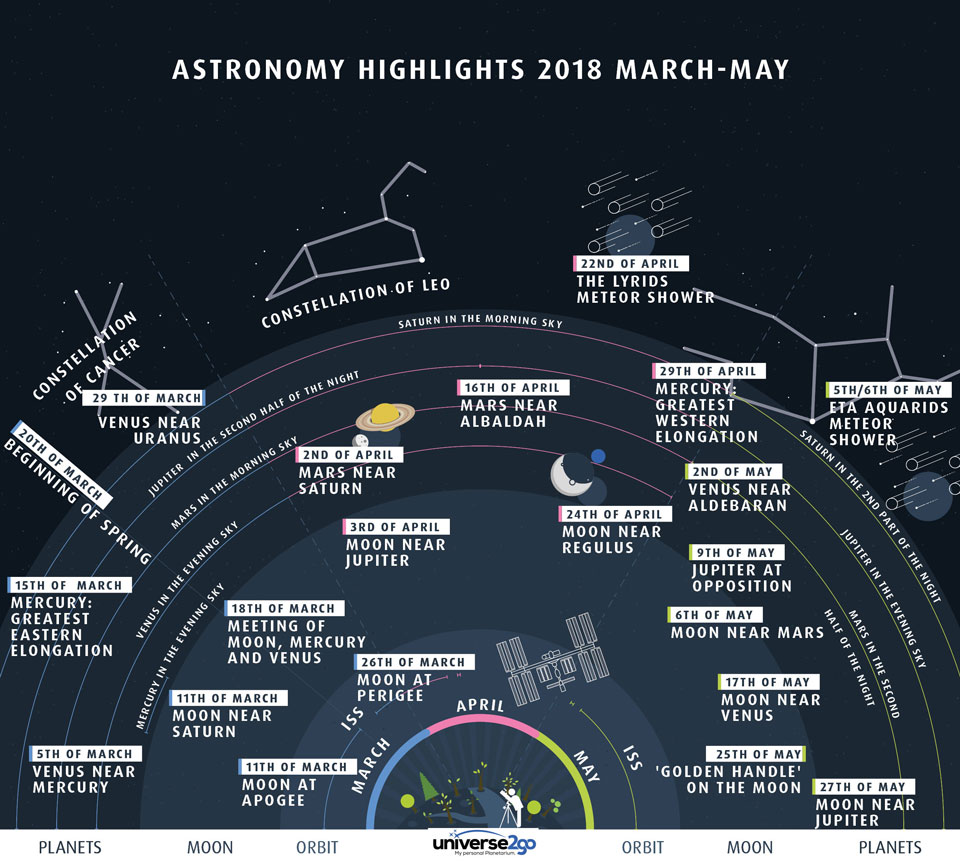
Catalog Entry Number 1


NASA will host a media teleconference at 11 a.m. EDT Monday, March 19, to discuss a number of science investigations and instruments launching in April to the International Space Station on the next SpaceX commercial resupply mission. Audio of the teleconference will stream live on NASA’s website.
from NASA http://ift.tt/2pecwPV
via IFTTT![]()
The following is a statement from acting NASA Administrator Robert Lightfoot on the passing of visionary physicist Stephen Hawking, who died at his home in Cambridge, England, early Wednesday morning.
from NASA http://ift.tt/2GsnLvp
via IFTTT![]()
Two American astronauts and a Russian cosmonaut are ready for their journey to the International Space Station that begins on Wednesday, March 21.
from NASA http://ift.tt/2p7Nmm8
via IFTTT![]()

NASA has awarded a contract to Leidos, Incorporated in Reston, Virginia, for safety, health and mission assurance services at its Glenn Research Center in Cleveland.
from NASA http://ift.tt/2Fyalkm
via IFTTT![]()
